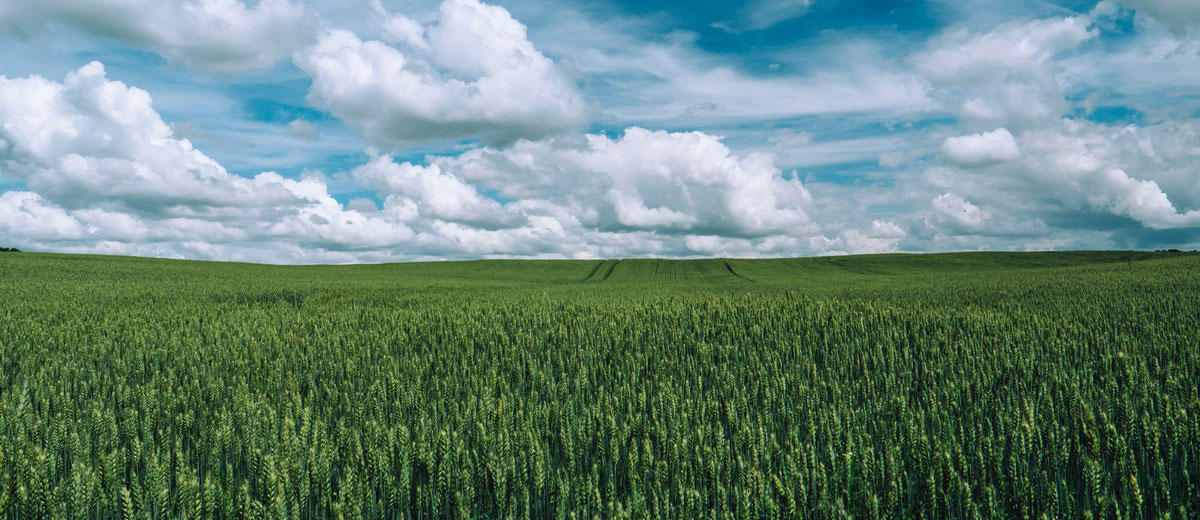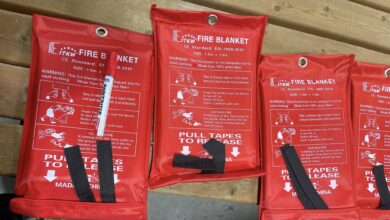
Importance of Field Boundary Habitats
By Charlotte Ward, Pag, Agri-Environmental Specialist, Yorkton
Field boundary habitat comes in many forms and may be referred to as the messy areas of fields. Examples of field boundary habitats include planted shelterbelts, native hedgerows, road allowances, wetlands, streams and small pockets of grassland vegetation. Many view non-cropped field margins or boundaries as wasteland that may have potential negative impacts on crop production and farm efficiencies. Larger equipment and risk of overlap on annual cropland has meant that many of these non-cropped landscape features have been removed.
Recent research indicates that non-cropped areas have a significant role to play in maintaining biodiversity, pollinator services, carbon sequestration and soil biological activity with minimal or no negative impact on adjacent crops. In Saskatchewan, Dr. Shathi Akter, an Agriculture Canada Agro-ecosystems Research Scientist, has been evaluating the risks and benefits of field boundary habitats to neighboring crops.
Dr. Akter’s team has been evaluating how native and planted trees and vegetation on field margins impact insect and bird populations, soil moisture, microbial communities, vegetation and weed seed banks as well as crop yield and quality. More specifically, the team has been evaluating the impact of field boundary habitat on populations of pollinator species such as bees, wasps and carabid beetles. Carabids are beneficial predatory ground beetles that feed on common crop pests such as cutworms, bertha armyworm larvae, lygus bugs, flea beetles and pea leaf weevils. They also consume weed seeds and other insects. Research has shown that carabid beetle populations are up to 20 times higher in fields which have a functioning field boundary habitat.
Field boundary habitat areas are important as they provide habitat for carabids as well as beneficial pollinators and bird species. These areas include nesting habitat, season-long food supply (including when the crop is not in flower) and over-wintering sites.
While studies prove that these non-cropped areas improve biodiversity on the landscape, the direct impact of increasing landscape biodiversity on adjacent crops is not as straight-forward. Dr. Akter’s research team is also working on that; their research shows canola oil yield to be three per cent higher up to 350 meters from field boundary habitat compared to open fields where field boundary habitat does not exist. Furthermore, they have shown increases in bird populations and diversity and an increase in soil microbial biodiversity. The next step in their research is do a similar quantitative study funded by the Agriculture Development Fund to evaluate the effect of smaller wetlands on biodiversity, their impact on adjacent crops and overall economics of in-crop wetland retention.
At the same time as the Saskatchewan research has been occurring, Dr. Paul Galpern, a University of Calgary landscape ecologist, has been modelling non-cropped areas relative to annual cropland throughout much of Alberta’s farming landscape. His models show that non-cropped areas can have a positive impact on grain, pulse and oilseed yield. There are positive effects on yield when non-crop land occurs within 600-800 meters from field centers.
While the models do not show large yield increases specifically due to retaining no-crop areas, they do show that if one per cent of the annual cropland were converted to non-cropland land cover, the result would be at least a one per cent annual crop yield increase, provided the conversion occurs within the 600-800 meter range from the center of the field. Increasing landscape complexity creates a spill-over effect of biodiversity including beneficial species into the adjacent crop land. The Alberta study did not place specific values on the ecosystem services non-crop acres produce.
Finally, while the effect of non-crop areas and field boundary habitats on crop production is complex, the ability of these areas to provide ecosystem services cannot be overlooked. Many of these treed areas or grassy spots store carbon and provide habitat for both beneficial insects and wildlife, while wetlands store water for drought and flood mitigation, recharge aquifers and improve water quality. These non-market goods and services are often hard to quantify and establish an economic value. As global food demand and needs continues to grow, the need for conservation of biodiversity and production continues to be a balancing act. Messy areas provide ecosystem services which not only benefit farmers and ranchers, but also the general population.
For the latest information and for more updates on everything Kindersley ‘Like’ the Kindersley Social Facebook page below…








































